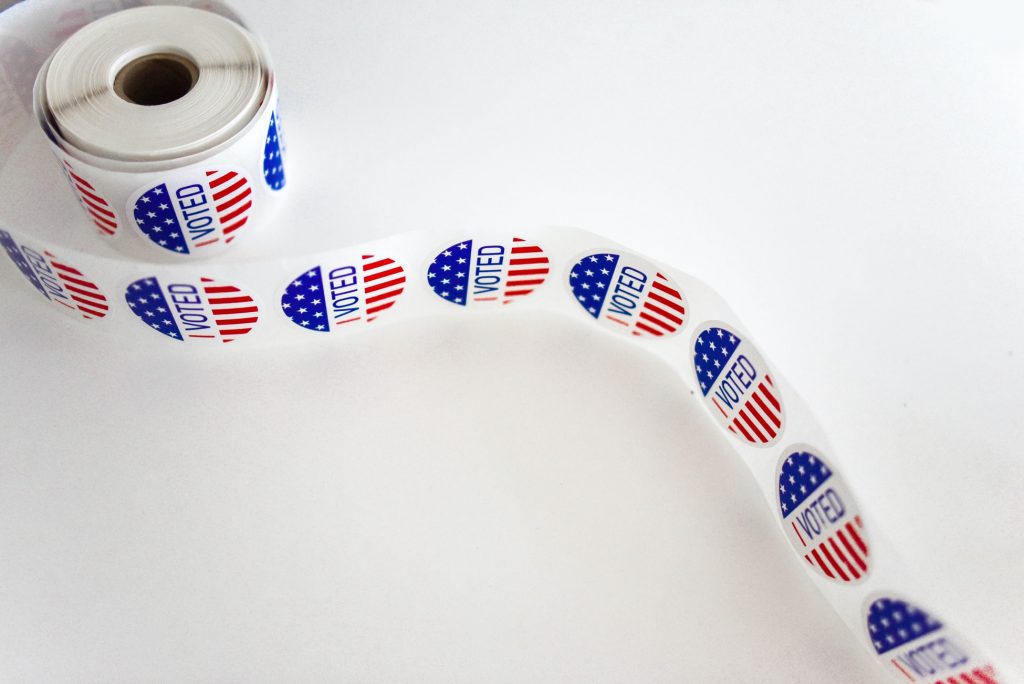
With the 2020 Election on the horizon, every eligible American must face the same crucial question: who do you trust to lead our country for the next four years? The 2020 election has dominated the political debate ever since President Trump won in 2016.
College students are one of the most important demographics for voting. Besides making up a major demographic of eligible voters, they are our country’s future. The youth of today are the decision-makers of tomorrow. How are the students of William Jewell College voting in arguably the most contentious election in our nation’s history?
In an independent survey conducted by The Hilltop Monitor, the newspaper asked 55 random Jewell students three questions about the upcoming election. The questions are as follows: Are you going to vote in the upcoming election? What type of ballot are you going to use in the upcoming election? Who are you voting for in this election?
Voting is the most sacred tenant in our democracy. Voter turnout for college students historically in presidential elections is 51.4 percent of eligible students. This is one of the lowest participation percentages of any demographic group. According to this survey, 92.7 percent of Jewell students are planning on voting in this upcoming election. The sample size for this study was relatively small, but any number close to the sample size shows that William Jewell has astounding voter turnout compared to other colleges.
How people are going to vote has become a hot topic issue. With President Trump and the GOP raising concerns about voter fraud – however legitimate or not these concerns might be – the type of ballot being used has gotten a lot of attention. The three types of ballots being used are absentee, mail-in and in-person. William Jewell presents a unique situation as a sizable portion of students are out-of-state students.
Out of the 55 students polled, 33 students said that they planned on voting in person, and 15 students said that they were going to use the mail-in option provided to them by their state of residence. Meanwhile, three students said that they had applied for and will vote with absentee ballots. Four students were either not voting or weren’t registered to vote in the first place.
Almost half of the people polled (26 students) said that they were voting for Joe Biden and Kamala Harris, while 19 students said that they were planning on voting for Donald Trump and Mike Pence. The spread between the two primary candidates between Jewell students is larger than the difference in the national polls. On average, Biden is leading Trump by almost 10 percent nationally. The Jewell survey has Biden with approximately a 12 percent lead over Trump.
Oddly enough, nearly 11 percent (6 students) said that they were going to vote third-party. This amount of support for a third-party candidate on a national scale would have a tremendous effect on the next President of the United States. If the Jewell results were magnified on a national scale, it would be very similar to what happened in 1992 when Ross Perot ran and received about 19 percent of the popular vote.
Voter turnout has always been a big issue across the United States. The highest voter turnout was in 2008 when 61.58 percent of eligible voters voted in the Presidential election. One of the worst demographics of eligible voters for voter turnout is college students.
The goal should always be for complete participation in an election, but the plausibility of that for any college is essentially impossible. With William Jewell having such a small community, the College has the unique ability to reach out to each student and promote voting. This is something that you simply can’t find in a big state school, and it might engender a more sizeable turnout among Jewell students as compared to that of other colleges and universities.
